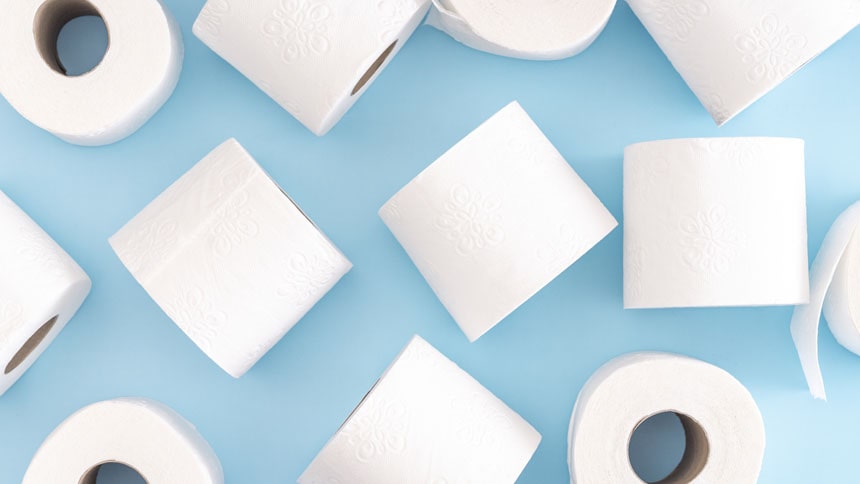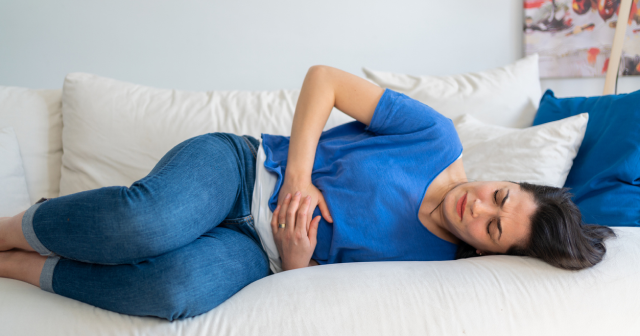Overview
Menopause happens when you stop having periods permanently and it’s no longer possible to get pregnant. Falling hormone levels in the body can result in various symptoms. Aches and pains in the joints are common symptoms during the menopause, with an increase in arthritis often happening at this time. All joints of the body can be affected.
The hormone oestrogen plays an important part in helping keep our joints healthy and lubricated. Low levels of oestrogen caused by the menopause can result in symptoms such as aching joints and stiffness.
Joint pain in the menopause can be treated in a number of ways, from natural treatments and lifestyle changes to hormone replacement therapy (HRT).
What causes pain and aching in joints during the menopause?
Oestrogen helps to keep our cartilages – the connective tissue in joints – healthy. It also helps with the natural replacement of bone in our body. This means it plays an important role in helping to prevent joint inflammation and pain.
When levels of oestrogen naturally fall during the menopause, this joint protection can sometimes weaken, causing joint aches and stiffness. This joint pain and swelling most often affects the small joints of the hands and feet. However, other joints such as the knees, elbows and neck joints can also be affected, causing stiffness and reduced movement.
It’s common to get general aches and pains from normal wear and tear to your joints as you get older. Therefore, joint pain isn’t necessarily always due to the menopause even though it may occur at this time.
Read more about unusual symptoms of menopause.
Menopausal arthritis
Osteoarthritis is a progressive joint disease characterised by joint inflammation, pain and stiffness. It’s more common in women than in men.
Menopause is associated with the onset and progression of arthritis in some women. HRT has been shown to help reduce the symptoms and progression of osteoarthritis during the menopause.
When to see a doctor about menopause joint pain
Call an ambulance or go to your nearest emergency department if you have significant joint pain and:
- you have a joint that is red, hot and very painful
- you have had an injury and think you might have broken a bone
- you have a high or low temperature and feel very unwell or dizzy, have a fast heart rate or fast breathing
- you’re feeling confused, drowsy or have trouble speaking
- you haven’t peed all day
You should see a doctor as soon as you can if you have:
- severe sweats at night with weight loss or swollen glands
- swollen, red joints
- loss of appetite
- early morning stiffness in your joints
- a fever
- night pain
- new onset severe headaches
- scalp tenderness
- significant tiredness
- a history of inflammatory bowel disease
You should make an appointment to see your doctor if you have generalised joint pains during the menopause but no other worrying symptoms. Also speak with your doctor if your symptoms are not getting better with self-care measures or if they keep coming back.

What’s the treatment for joint pain in menopause?
There are several things you can do to help with joint pain during the menopause, ranging from lifestyle changes to medical treatments. Lifestyle changes include:
- losing weight. If you’re overweight or obese, controlling your weight can help with musculoskeletal pain. It’s a good idea to start exercising gently and gradually build up the intensity
- reducing your stress levels. Stress can sometimes make joint pain feel worse. Pain and stiffness can also feel worse if you feel anxious or depressed. Cognitive behavioural therapy (CBT) can help you to change the way you think about joint pain and help you to break out of the cycle of pain, low mood, stress and anxiety
- getting enough quality sleep. Pain often feels worse when you’re tired or if you suffer from insomnia. A good night's sleep is therefore important
- improving your body strength and posture to help reduce muscle and joint pain and improve flexibility and suppleness. Pilates and yoga are both good ways of doing this
Simple painkillers may help ease joint pain and stiffness, as might anti-inflammatory gel rubs or tablets. However, speak with your pharmacist or doctor first to ensure these are safe for you to use.
HRT in the form of oestrogen treatment has been shown to cause a sustained reduction in joint pain following the menopause. Various types of HRT are available – it’s best to speak with your doctor about which options may be best suited to you.
Supplements for menopause joint pain
There’s some scientific evidence that plant-based oestrogen (phytoestrogen) helps reduce menopause symptoms, including joint pain. It’s found in soy products. However, the safety, quality and purity of plant-based oestrogen products are not always known. It’s best to speak with your doctor before taking them, especially given that they should not be used if you have had certain medical problems, such as breast cancer. Other natural supplements that are sometimes tried include wild yam, evening primrose oil and vitamin E. Again, studies haven’t shown that these work nor proven that they are safe. It’s always best to speak with your doctor before taking complementary therapies for menopause symptoms.
What’s the outlook for joint pain in the menopause?
Although pain related to menopause can be quite common, most aches and pains can be reduced or cured with treatment. They shouldn’t have a long-term impact on the quality of your everyday life. Always speak with your doctor if you find joint pain is affecting your daily life.
Your health questions answered
Is frozen shoulder related to menopause?
 Answered by: Dr Roger Henderson
Answered by: Dr Roger HendersonThe term ‘frozen shoulder’ refers to what happens when tissue around your shoulder joint becomes inflamed. The tissue then gets tighter and shrinks, causing your shoulder to become painful and very stiff. It’s often not clear why it happens although having shoulder injuries and having diabetes make it more likely. Menopause isn’t usually a cause of a frozen shoulder. However, milder shoulder aches and pains can occur as a result of hormone levels naturally falling during the menopause.
Can menopause cause lower back pain?
 Answered by: Dr Roger Henderson
Answered by: Dr Roger HendersonLower back pain is extremely common. Most cases are caused by poor posture, muscle spasm in the lower back muscles or lifting heavy objects incorrectly. Being overweight can make it more likely to occur. Some studies have shown that people who have significant symptoms of the menopause are vulnerable to getting chronic lower back pain. Treatments such as HRT, massage, physiotherapy and exercises to help improve your posture may help alleviate lower back pain that develops during the menopause.







